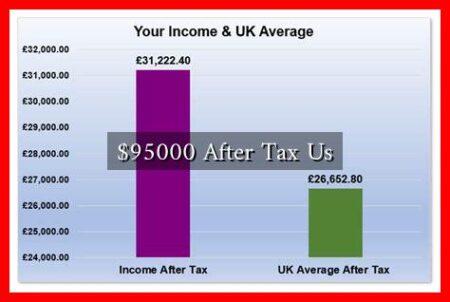-
Table of Contents
What Are The US Income Tax Brackets?
The United States employs a progressive income tax system, meaning that tax rates increase as income rises. Understanding the income tax brackets is crucial for individuals and businesses alike, as it affects financial planning, investment decisions, and overall tax liability. This article will delve into the current US income tax brackets, how they work, and their implications for taxpayers.
Understanding Income Tax Brackets
Income tax brackets are ranges of income that are taxed at specific rates. The US tax system is divided into several brackets, each with its own tax rate. As of the 2023 tax year, the federal income tax brackets for individuals are as follows:
- 10% on income up to $11,000
- 12% on income over $11,000 to $44,725
- 22% on income over $44,725 to $95,375
- 24% on income over $95,375 to $182,100
- 32% on income over $182,100 to $231,250
- 35% on income over $231,250 to $578,125
- 37% on income over $578,125
For married couples filing jointly, the brackets are slightly different:
- 10% on income up to $22,000
- 12% on income over $22,000 to $89,450
- 22% on income over $89,450 to $190,750
- 24% on income over $190,750 to $364,200
- 32% on income over $364,200 to $462,500
- 35% on income over $462,500 to $1,000,000
- 37% on income over $1,000,000
How Tax Brackets Work
It’s important to note that the US tax system is not a flat tax system. This means that not all of a taxpayer’s income is taxed at the same rate. Instead, income is taxed progressively. For example, if a single filer earns $50,000, their income would be taxed as follows:
- 10% on the first $11,000 = $1,100
- 12% on the next $33,725 ($44,725 – $11,000) = $4,047
- 22% on the remaining $5,275 ($50,000 – $44,725) = $1,161
In total, this individual would owe approximately $6,308 in federal income taxes, not a flat 22% on the entire $50,000.
Impact of Deductions and Credits
Tax brackets are just one part of the equation. Deductions and credits can significantly affect the amount of tax owed. Deductions reduce taxable income, while credits reduce the tax bill directly. Common deductions include:
- Standard deduction (for 2023, $13,850 for single filers and $27,700 for married couples filing jointly)
- Itemized deductions (such as mortgage interest, state taxes, and charitable contributions)
Tax credits can include:
- Child Tax Credit
- Earned Income Tax Credit
- Education credits
These deductions and credits can lower a taxpayer’s effective tax rate, making it essential to understand how they interact with tax brackets.
Future Changes and Considerations
Tax brackets can change based on legislation and inflation adjustments. For instance, the Tax Cuts and Jobs Act of 2017 significantly altered the tax landscape, and future reforms could further impact tax rates and brackets. Taxpayers should stay informed about potential changes that could affect their financial situation.
Conclusion
Understanding US income tax brackets is vital for effective financial planning and tax compliance. The progressive nature of the tax system means that higher earners pay a larger percentage of their income in taxes, but it also allows for deductions and credits that can alleviate tax burdens. As tax laws evolve, staying informed will help taxpayers navigate their obligations and optimize their financial strategies.
For more detailed information on tax brackets and updates, you can visit the IRS website.


